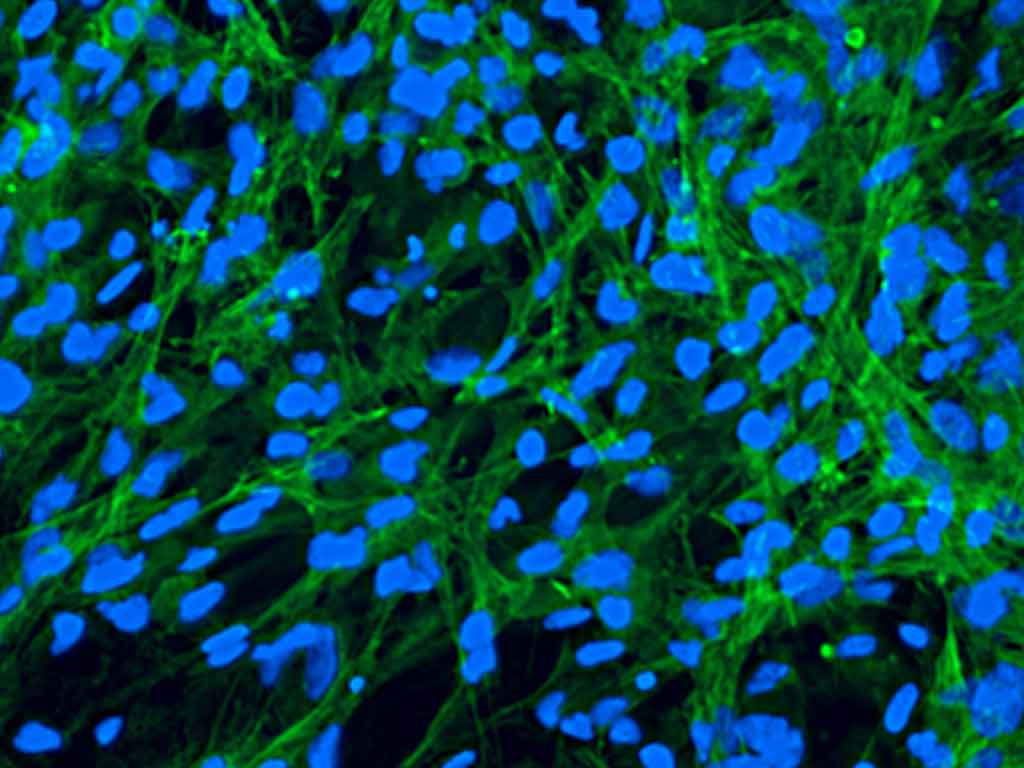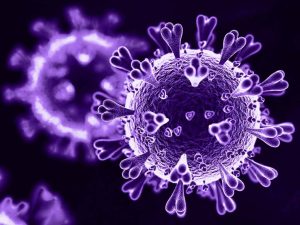Sickle Cell Disease (SCD) is a severe monogenetic blood disorder that is caused by mutations in the HBB gene, thus affecting hemoglobin and leading to anemia and organ failure.
Millions of people are affected worldwide and therefore, iPS derived from SCD patients should be considered as useful tools to gain further insides into disease pathogenesis, drug discovery and eventually therapy.

By using Lonza’s NucleofectorTM Technology, researchers from Brazil were able to reprogram erythroblasts from SCD patients and age and sex matched healthy individuals to allow for SCD studies (Martins et al., 2018 and Paredes et al., 2019).
By delivering episomal vectors to PBMC derived erythroblasts, they generated three iPS clones with homozygous SCD and three healthy iPS clones as control. All clones showed a pluripotent stem cell morphology, expressed a variety of pluripotency markers and differentiation potential was confirmed by RT-PCR and staining markers for all three germ layers in a EB formation assay. By passage 15, all iPSC displayed a normal karyotype and showed loss of episomal vectors.
These results show that reprogramming of human somatic cells into iPS by using the NucleofectorTM Technology is a well-established and well-documented method giving researchers many opportunities for gaining further insights in disease mechanisms.
Written by SST





